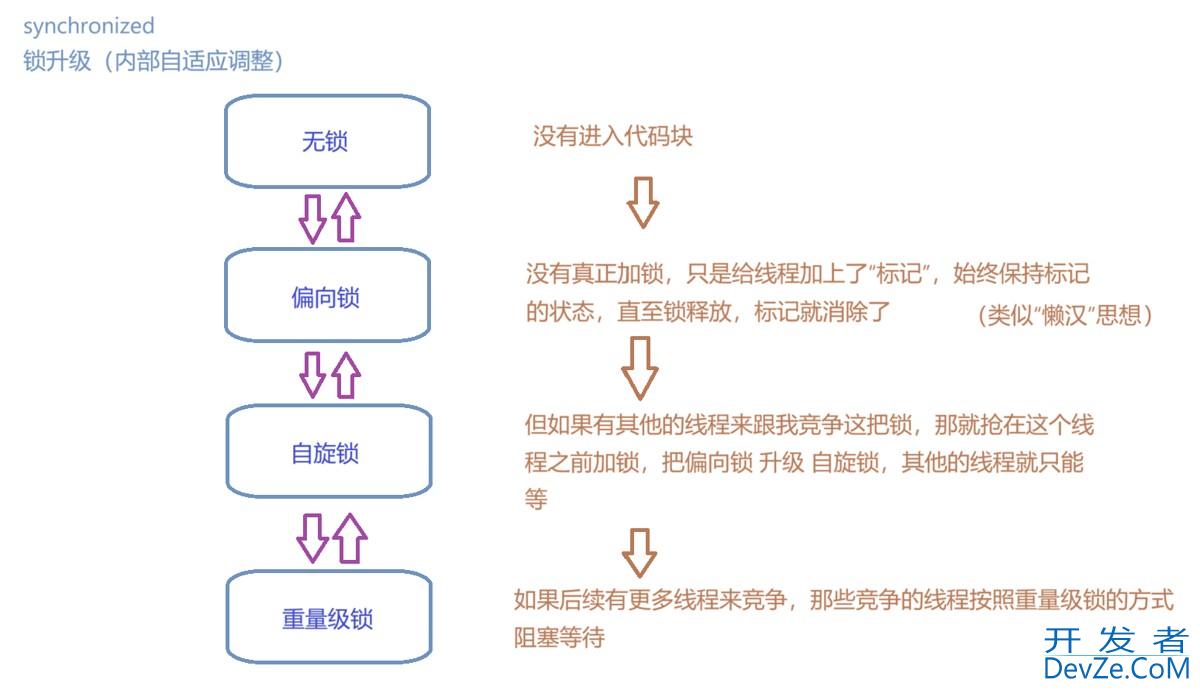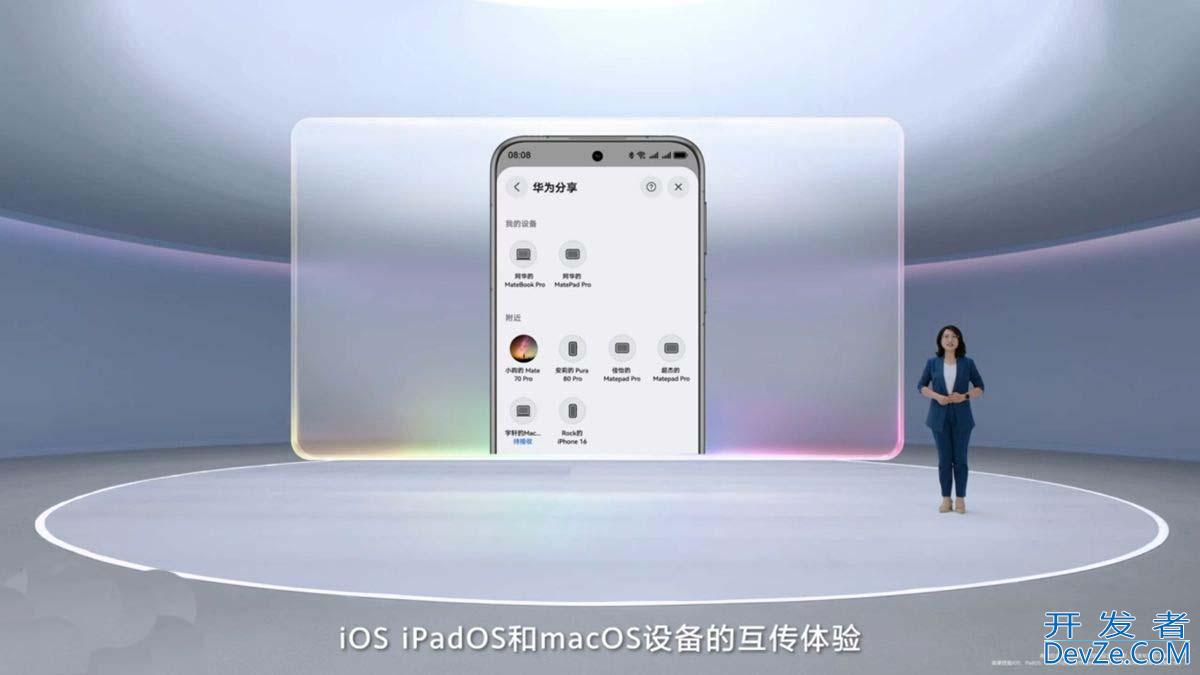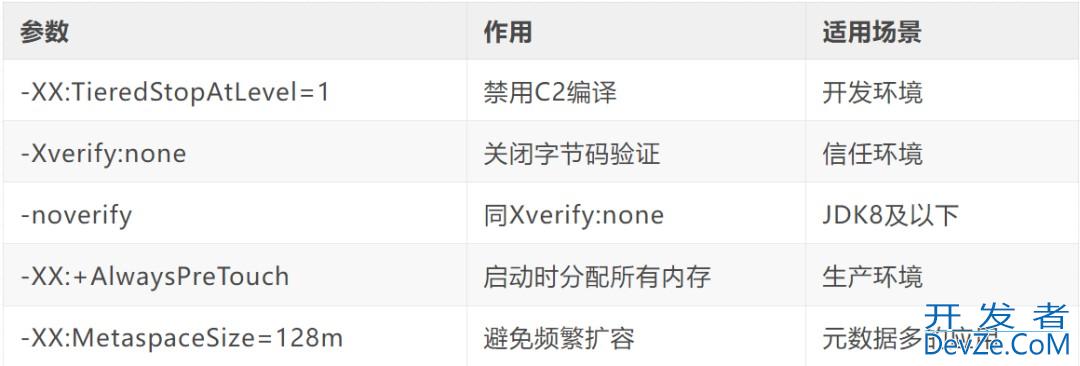目录
- python os.name
- Python sys.platform
- Python platform.system()
- 方法补充
本文介绍 Python 判断操作系统的3种方法。以下的方法将分为这几部分:
- Python os.name
- Python sys.platform
- Python platform.system()
Python os.name
Python 判断操作系统的方法可以使用 os.name,这里以 Python 3 为例,os.name 会返回 posix、nt、Java 这几种结果。使用前需要先 import os。
#!/usr/bin/env python3 # -*- coding: utf-8 -*- import os print(os.name) # 在 Ubuntu 16.04 上的输出如下: # posix # 在 MACOS 10.15.7 上的输出如下: # posix # 在 Windows 10 上的输出如下: # nt
在 os 模块下还有另一个 uname() 函数可以使用,uname() 会返回操作系统相关的版本信息。
#!/usr/bin/env python3 # -*- coding: utf-8 -*- import os print(os.uname()) # 在 Ubuntu 16.04 上的输出如下: # sysname='linux', nodename='shengyu', release='4.10.0-40-generic', version='#44~16.04.1-Ubuntu SMP Thu Nov 9 15:37:44 UTC 2017', machine='x86_64' # 在 MacOS 10.15.7 上的输出如下: # posix.uname_result(sysname='Darwin', nodename='shengyudeMacBook-Pro.local', release='19.6.0', version='Darwin Kernel Version 19.6.0: Thu Sep 16 20:58:47 PDT 2021; root:xnu-6153.141.40.1~1/RELEASE_X86_64', machine='x86_64') # Windows 下没有 os.uname()
sys.platform 有更细的分类,下一节会介绍。
Python sys.platform
sys.platform 返回的结果有以下几种情况:
- AIX: 'aix'
- Linux: 'linux'
- Windows: 'win32'
- Windows/Cygwin: 'cygwin'
- macOS: 'darwin'
如果要用 sys.platform 判断操作系统,可以使用 startswith(),像 linux 与 linux2 的情况就可以被包含在以 linux 开头的字符串,写在同一个条件式里。
#!/usr/bin/env python3
# -*- coding: utf-8 -*-
import sys
if sys.platform.startswith('linux'):
print('Linux')
elif sys.platform.startswith('darwin'):
print('macOS')
elif sys.platform.startswith('win32'):
print('Windows')
Python p编程客栈latform.system()
Python 判断操作系统的方法可以使用 platform.system() 函数,platform.system() 会返回操作系统的名称,例如:Linux、Darwin、Java、Windows 这几种。如果无法判断操作系统的话会返回空字符串。
#!/usr/bin/env python3 # -*- coding: utf-8 -*- import platform print(platform.system()) print(platform.release()) # 在 Ubuntu 16.04 上的输出如下: # Linux # 4.10.0-40-generic # 在 MacOS 10.15.7 上的输出如下: # Darwin # 19.6.0 # 在 Windows 10 上的输出如下: # Windows # 10
方法补充
python判断当前系统是linux、windows还是MacOS
使用sys模块
import sys
if sys.platform.startswith("win"):
print("当前系统是Windows")
elif sys.platform.startswith("linux"):
print("当前系统是pythonLinux")
elif sys.platform.startswith("darwin"):
print("当前系统是Mac OS")
else:
print("当前系统是其他操作系统")
sys.platform 会返回当前系统平台的标识符,Linux 是 ‘linux’、Windows 是 ‘win32’ 或者 ‘win64’、macOS 是 ‘darwin’,可以使用 startswith() 函数来进行判断。
使用platform模块
import platform
system = platform.system()
if system == "Windows":
print("当前系统是Windows")
elif system == "Linux":
print("当前系统是Linux")
elif system == "Darwin":
print("当前系统是Mac OS")
else:
print("当前系统是其他操作系统")
使用os模块
import os
system = os.name
if system == "nt":
print("当前系统是Windows")
elif system == "posix":
print("当前系统是Linux或Mac OS")
else
print("当前系统是其他操作系统")
Python判断操作系统类型
方法一
import platform
def TestPlatform():
print ("----------Operation System--------------------------")
#Windows will be : (32bit, WindowsPE)
#Linux will be : (32bit, ELF)编程
print(platform.architecture())
#Windows will be : Windows-XP-5.1.2600-SP3 or Windows-post2008Server-6.1.7600
#Linux will be : Linux-2.6.18-128.el5-i686-with-RedHat-5.3-Final
print(platform.platform())
#Windows will be : Windows
#Linux will be : Linux
print(platform.system())
print ("--------------Python Version-------------------------")
#Windows and Linux will be : 3.1.1 or 3.1.3
print(platform.python_version())
def UsePlatform():
sysstr = platform.system()
if(sysstr =="Windows"):
print ("Call Windows tasks")
elif(sysstr == "Linux"):
print ("Call Linux tasks")
else:
print ("Other System tasks")
UsePlatform()
方法二
import platform
def TestPlatform():
return platform.architecture()[0]
def mysubData(subData):
b = []
for i in subData:
try:
if numpy.isnan(i):
i = "Null"
b.append(i)
if TestPlatform() == "64bit":
python if isinstance(i, numpy.float64):
b.append(i)
elif isinstance(i, numpy.int64):
b.append(i)
elif TestPlatform() == "32bit":
if isinstance(i, numpy.float32):
b.append(i)
elif isinstance(i, numpy.int32):
b.append(i)
except:
if isinstance(i, str):
if "'" in i:
i.replace("'", "")
elif "%" in i:
php i.replace("'", "")
elif "\\" in i:
i.replace("'", "")
b.append(i)
else:
b.append(i)
return b
到此这篇关于Python中判断当前操作系统的几种方法的文章就介绍到这了,更多相关Python判断操作系统内容请搜索编程客栈(www.devze.com)以前的文章或继续浏览下面的相关文章希望大家以后多多支持编程客栈(www.devze.com)!







 加载中,请稍侯......
加载中,请稍侯......
精彩评论